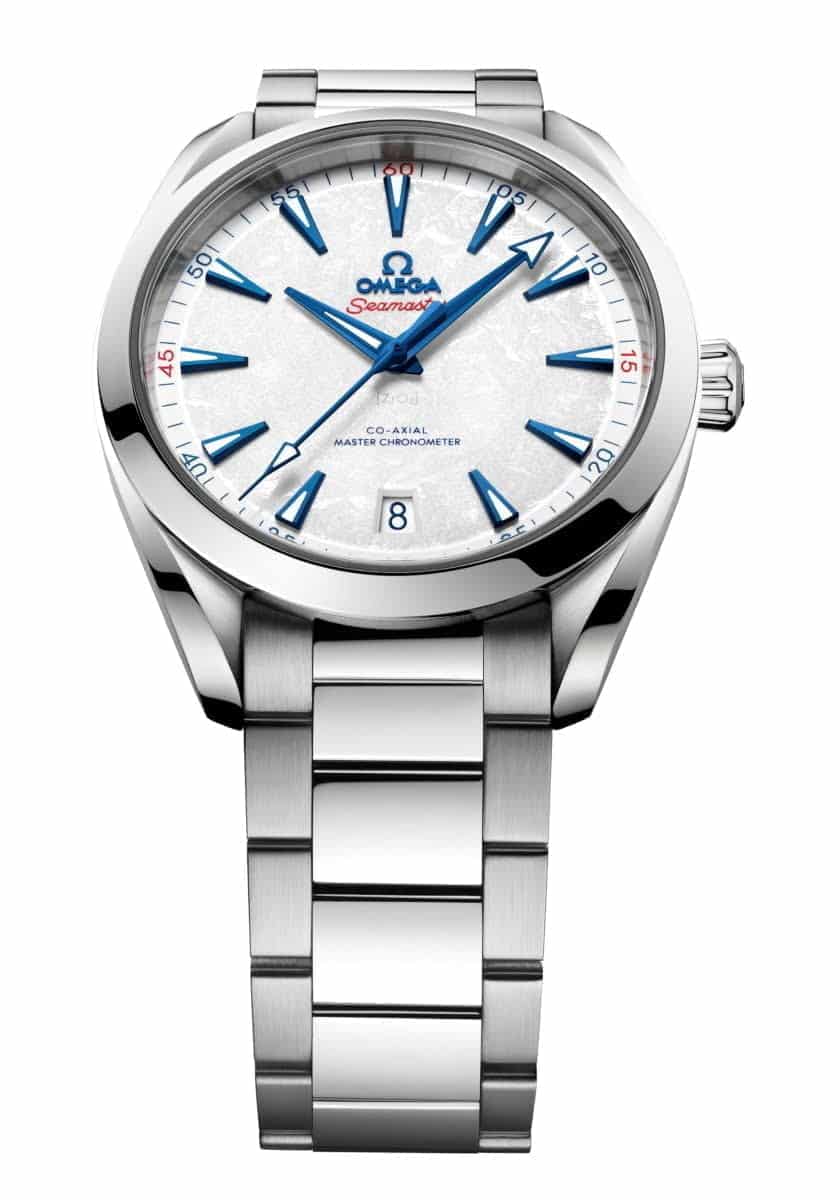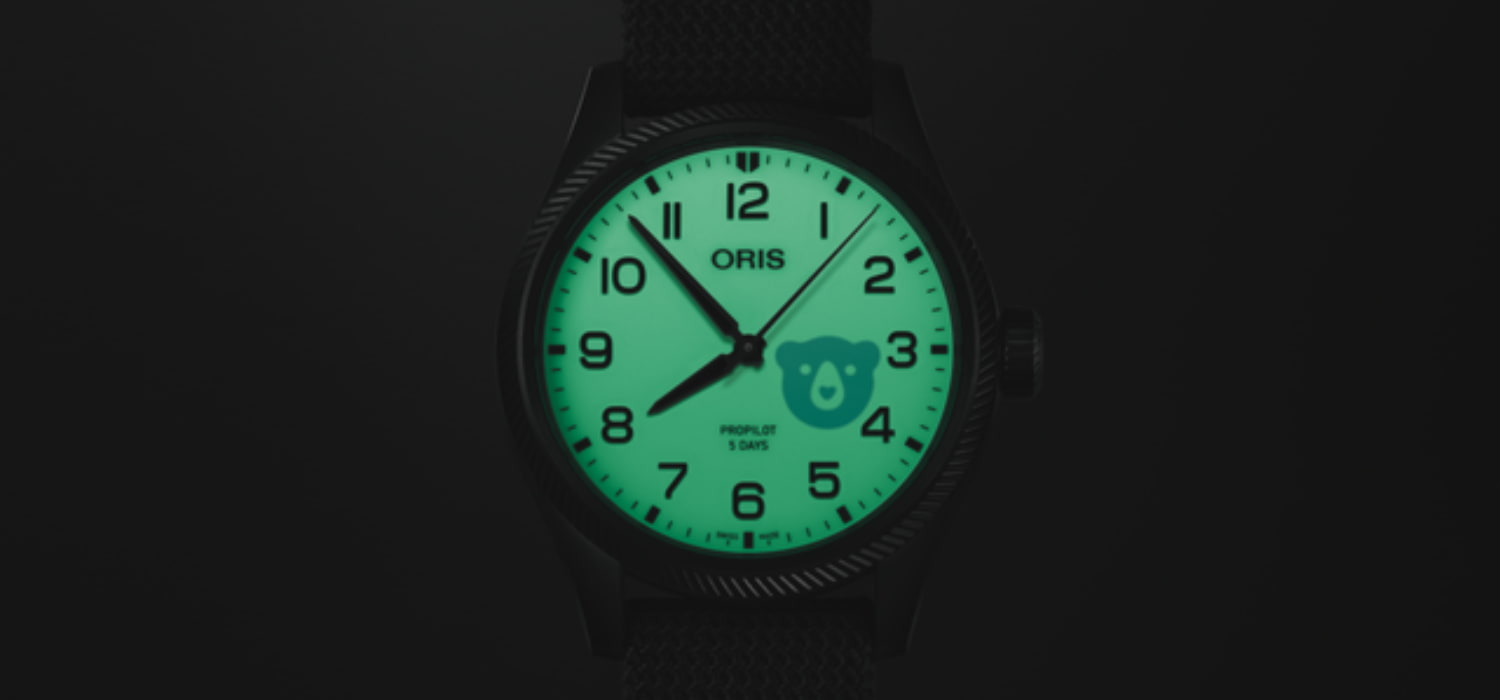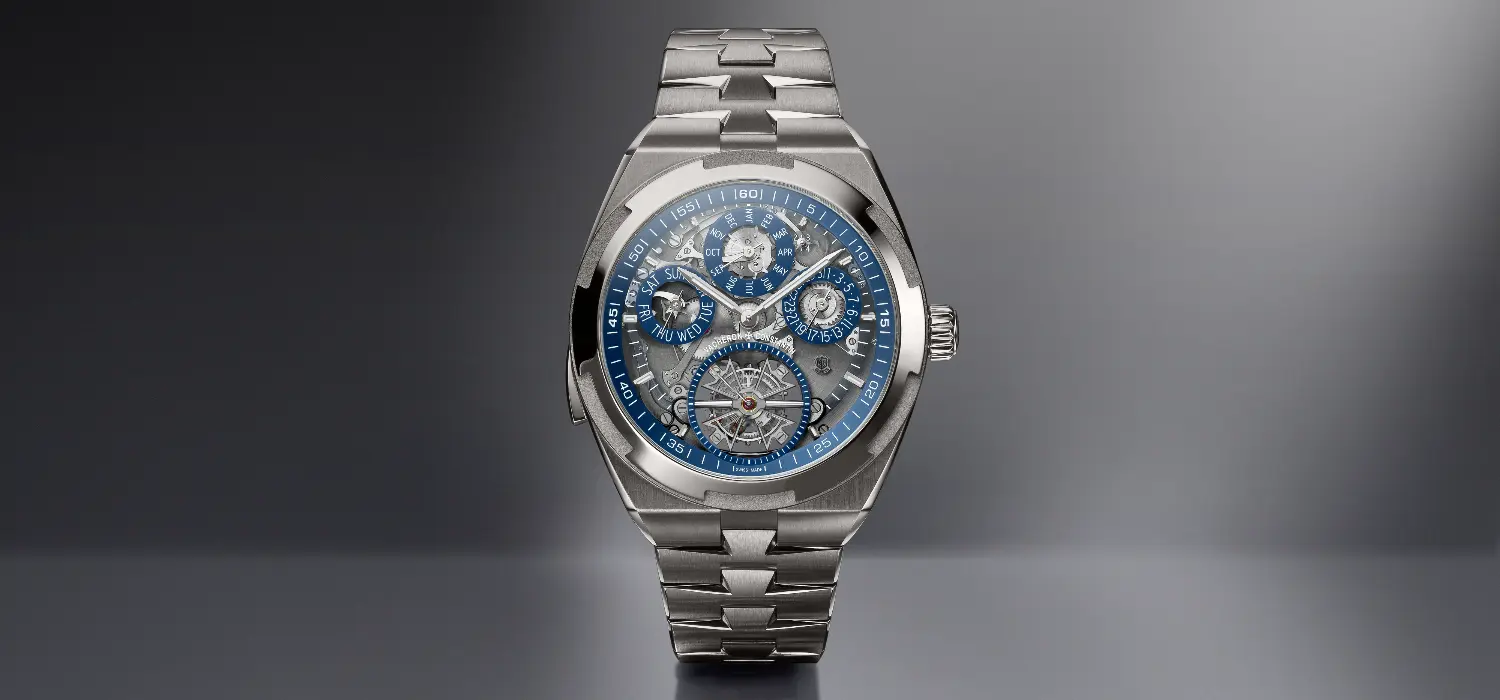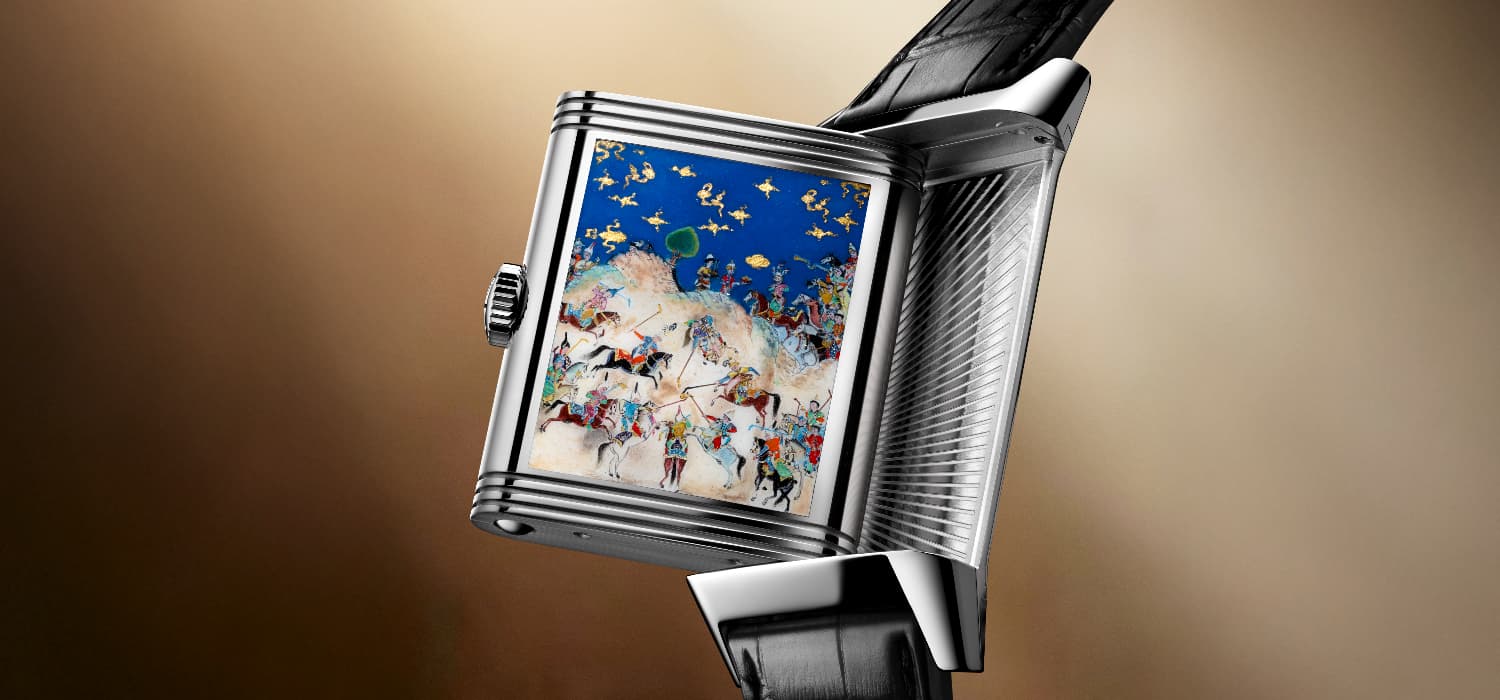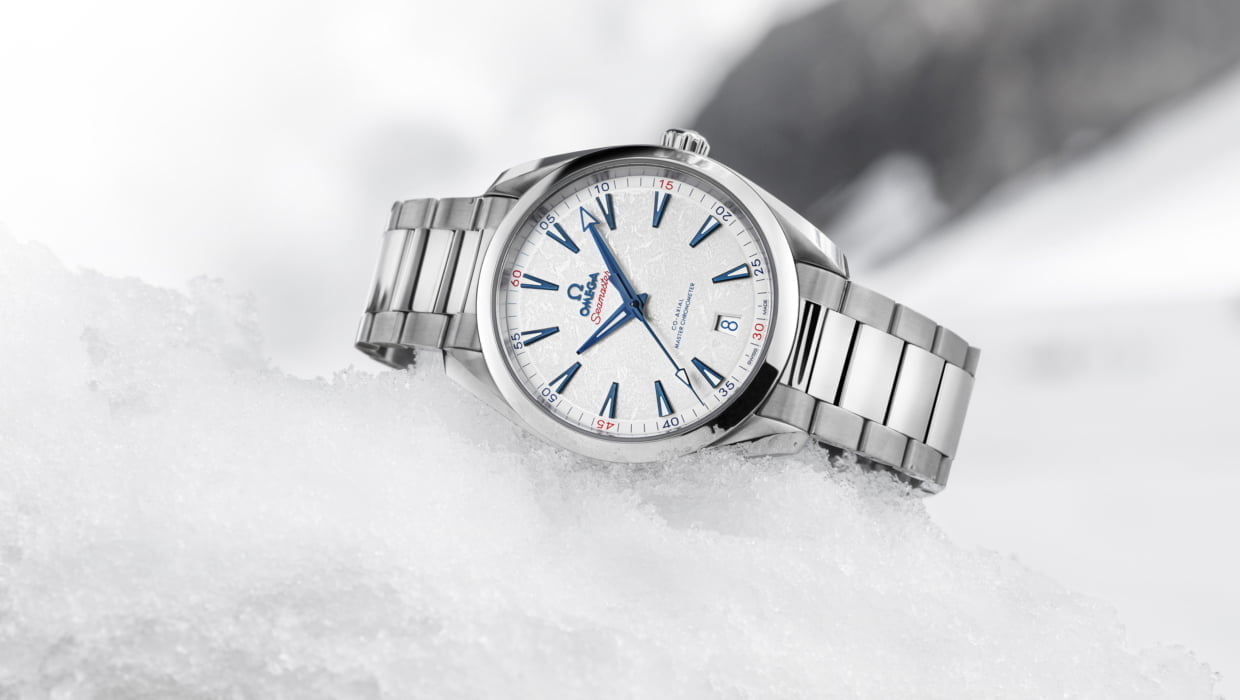
Omega’s long history of timekeeping at the Olympic Winter Games…
On 4 February 1932 in Lake Placid, the American speed skater Jack Shea stood on an elevated wooden structure as he took the athletes’ oath during the Opening Ceremony of the Olympic Winter Games. This is the first time that an athlete receives a medal on the step of a rudimentary podium. Although there is common belief that the origins of these podiums lie at Ancient Greece, its origins lie at the Olympic Winter Games 1932. Furthermore, the same year Omega also was included in the game as the official timekeeper of the Olympic Games.

On the one hand, the brand became the official Winter Olympics timekeeper for the first time at the Olympic Winter Games 1936 in Germany. The time of the whole games were kept by a single watchmaker and 27 chronographs. The brand’s story with the Olympic Winter Games continued by digitalization, and the photoelectric cell technology watch used at the finish line of the games for first time in 1948. In the same year, photo finish camera was introduced at the Olympic Summer Games. This was the first step into a new and electronic era in timekeeping.

Not long before, Omega opened another door for the Olympic Games: in 1965, the brand first time introduced starting gates in alpine skiing in Cortina d’Ampezzo. The gates signalled the beginning of each run. As soon as the athletes passed through, the OMEGA Quartz Recorder was triggered.

And television screens… 1964 was the first year that OMEGA was able to superimpose the times of Olympic Games performances onto the bottom of television screens. This was all thanks to a new piece of technology known as the Omegascope. Thus, the concept of “real-time” sports reporting had arrived in Innsbruck.
By 1968, information and statics about the games began to supply the press, media, television channels, judges and the general public. With “Integrated Time Measurement” system, detail information about the games could be supplied to the press in Grenoble. Furthermore, the updated Omegascope could also now superimpose complete competition details onto TV screens, including athlete names, live times, final times, intermediate times and speeds. Perhaps this decade signaled a critical period in the history of the Olympic Games, because excitement of the games began to move from stadiums to television screens.

The 1980s was a period that technology implemented in almost every aspect of our lives, which was also same for Omega. 1980 was the year that OMEGA introduced its GameO-Matic technology. The system could immediately calculate and display an athlete’s ranking as soon as he or she crossed the finish line in alpine skiing events.

1992 was the year that OMEGA introduced its new Scan’O’Vision system in Albertville. Photofinish cameras had been used at past Olympic Games by OMEGA, but this updated technology could now digitally measure times to the nearest 1/1000th of a second.
At the dawn of millennium, Omega began to work around the clothes of the athletes this time. Primarily used in the new team pursuit event in speed skating in Turin, the transponders were worn on the ankles of competitors and were able to send and receive radio signals, allowing OMEGA to capture specific time measurements.

After that time, we might call the relationship of Omega and timekeeping as modern era. Technological developments that progressed at a completely different pace after the mid-2000s also reflected in Omega’s official timekeeper role. For instance, one of the most recent models, the Scan’O’Vision MYRIA, is able to capture 10,000 digital images per second. Of course, chronographs have also changed, with the Quantum Timers, 100 times greater resolution than previous devices were provided. Furthermore, there are limited edition of timepieces for celebration of Olympic Games, which are our favorite…
Seamaster Aqua Terra Beijing 2022
When Omega announced two new models for the 2022 Beijing Winter Olympic Games, we had written an article for the Seamaster Diver 300 M “Beijing 2022”. Now, while the 2022 Beijing Winter Olympics Games are knocking on the door, it is time for the Seamaster Aqua Terra Beijing 2022.
Seamaster Aqua Terra Beijing 2022 is a classic Aqua Terra 150M, which is one of Omega’s most cult collections. With stainless steel case in 41 mm, the timepiece is one of the boldest cases in this collection. The watch features a white ceramic dial with a special frosted finish pattern and date display. It is water resistant up to 150 meters.
The hands and diamond-brushed indexes are blued and filled with white Super-LumiNova, while the red color is used for the “Seamaster” name. The dial design and colors aside, the Seamaster Aqua Terra Beijing 2022 features the same design characteristics as the classic Aqua Terra models.
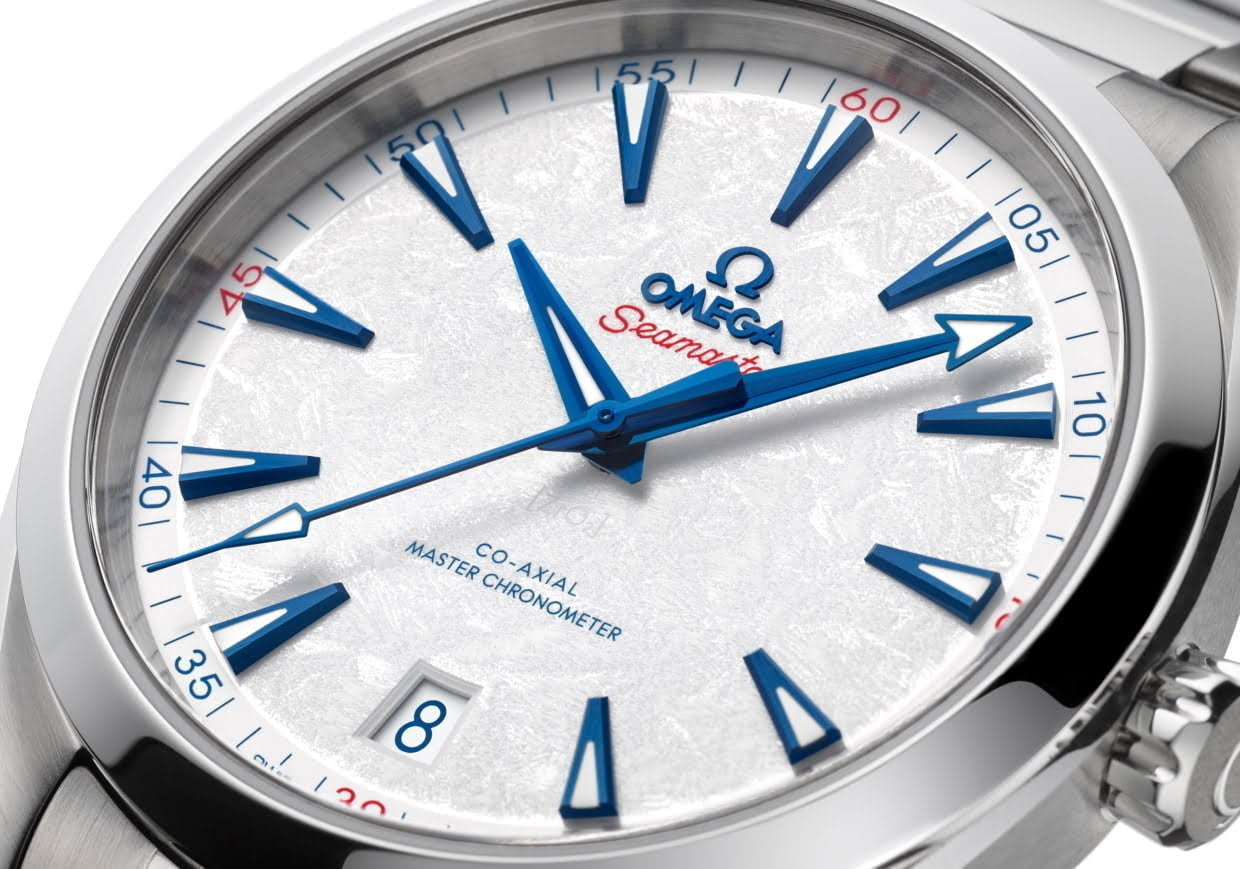
However, the caseback distinguishes from the classic Aqua Terra watches: it has included a stamped Beijing 2022 emblem, surrounded by a wave-edged design. When going deeper, we see the Omega caliber 8900. In-house caliber 8900, has a power reserve of 60 hours. The timepiece also comes with a time zone functionality that allows you to quickly set the hour without interrupting timekeeping. After wearing your Seamaster Aqua Terra Beijing 2022, so all that remains is wait for the 2022 Beijing Winter Olympics.
